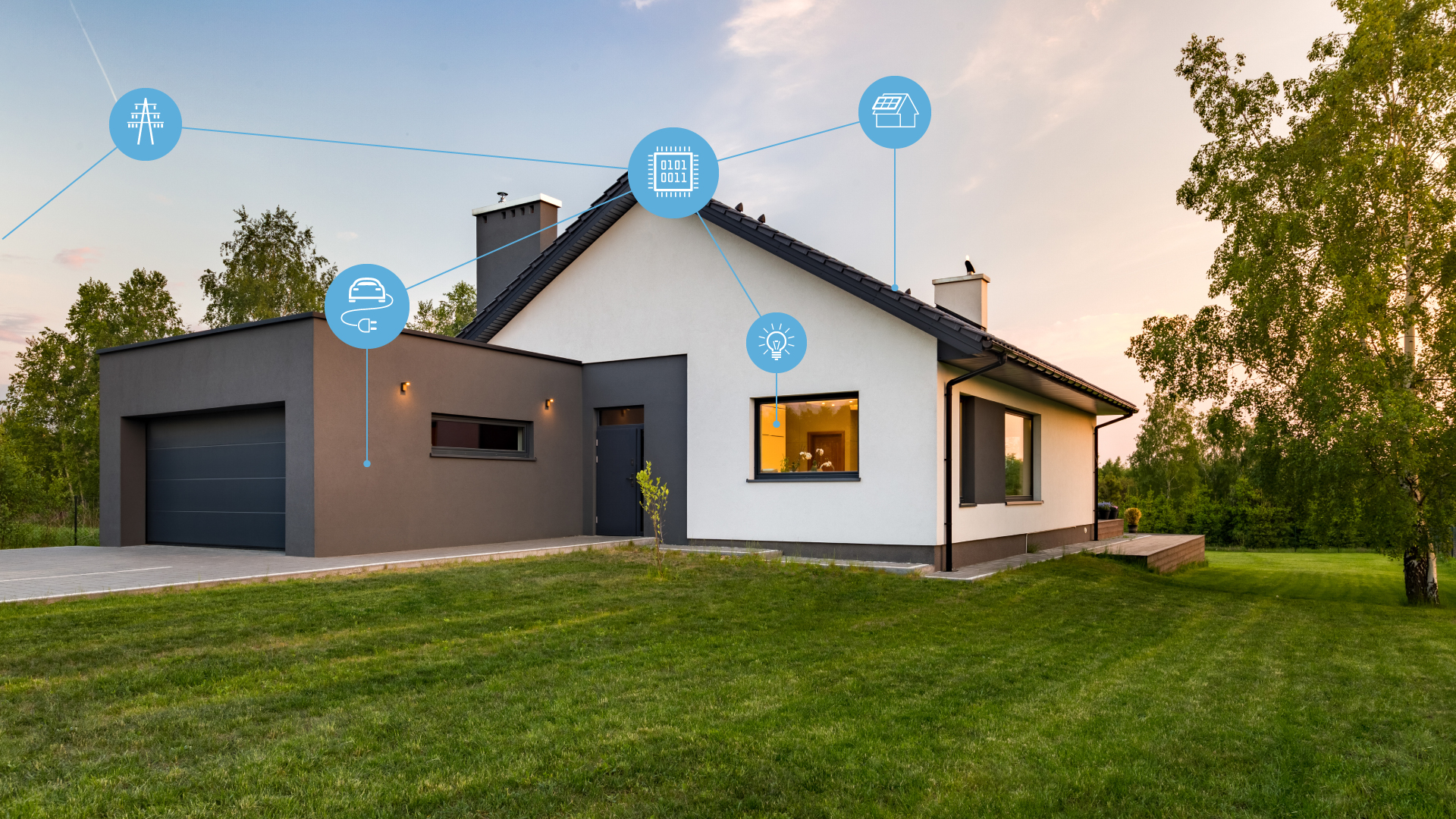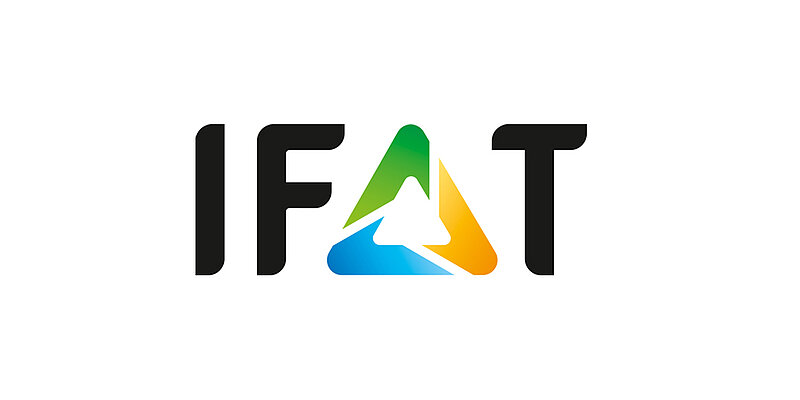“NetProsum2030”: With IAV technology, it is safe to generate, store and use electricity yourself
Climate protection is becoming more and more important – this is not only shown by floods and heat waves. Much can be done to protect the environment, especially in the fields of energy and transport. Together with TU Braunschweig, IAV has developed a concept for prosumer households that generate and store their own energy. The house can be supplied with power, an electric car can be charged – and even electricity can be fed into the network. A gateway developed by IAV ensures safe power generation.
“The Germans produce ten tons of CO2 about a year per capita,” says Nils Falke, Head of Electronic Development at IAV. “With a photovoltaic system on the roof, homeowners can save more than five tons of it inside.” Climate protection is one of the most important tasks for the next years. This is why the expansion of regenerative energies and the switch from combustion vehicles to electric vehicles are being pushed forward. Energy is increasingly being produced by decentralized producers – including many private households with a photovoltaic system on the roof. However, this poses new challenges for the energy supply: The volatile production of renewable energy, the hitherto inefficient storage of electricity and an increased demand for electrical energy for the new drive concepts.
Das Projekt „NetProsum2030“ suchte gleich für drei große Herausforderungen Lösungen:
Better integration of volatile, regenerative energies into the production mix.
Better utilization of the capacity of the low-voltage network.
A reduction in the cost of energy supply.
IAV has cooperated with the Institute for Electrical machines, Drives and trains (IMAB), the Elenia Institute for High voltage Technology and Energy Systems of the Technical University of Braunschweig and SMA Solar Technology – and is now able to offer efficient and safe solutions.
The research and development team has created a concept for prosumer households – the private home – that can be scaled to smaller houses with two to three residential units or one-bedroom flats. A photovoltaic system on the roof generates electrical energy, which is collected in a second-life battery pack, consisting of used vehicle batteries. For example, an electric car can be charged without additional load on the energy networks.

«In 2030, the first second-life batteries from the automotive industry will be available. »
— Head of Electronic Development of IAV
And because the high-voltage vehicle batteries come from mass production, their use as storage will in future also be significantly more cost-effective for large storage capacities.
Photovoltaic system, electric car, household appliances – the NetProsum2030 Smart Home supplies many electrical systems. This means that each device uses an inverter. “These are many semiconductors, i.e. electronic switches,” explains Falke. “As part of the funding project, a modular inverter was developed within the consortium.” the system enables the storage of excess electricity from regenerative energies via an intelligent superordinate control system and, if necessary, the release of it again. The result is a distributed and smart storage system.
In addition, a ten-kilowatt photovoltaic system generates about 9,000 kilowatt hours of electricity per year. “This means that the residents of the home are not only able to cover their energy consumption and their mobility. They have a surplus of about 2,000 kilowatt hours, which they can feed into the network,” Falke reckons. However, such a system must also be operated safely. “Our task was to safe the energy management by means of a communication gateway.” the modular inverter monitors itself: “If a fault such as a cable break occurs, limit values within the power electronics are exceeded. Our safety gateway registers this effect, so that the system shuts down or switches off automatically,” explains Philipp Jungklass, Technical Consultant Embedded Software at IAV. The safety algorithms are regularly monitored and updated. IAV has transferred its expertise from the automotive industry to the energy market: The power electronics for energy conversion, control and energy management systems as well as high-voltage batteries, which were originally designed for use in mobile applications, were successfully integrated into the project “NetProsum2030”.
“What we have developed in this project will probably be standard in 2025,” says Falke. But series development is on the agenda before that. Falke: “The concept studies are mature. For interested people, we can work out a development offer at any time.”



